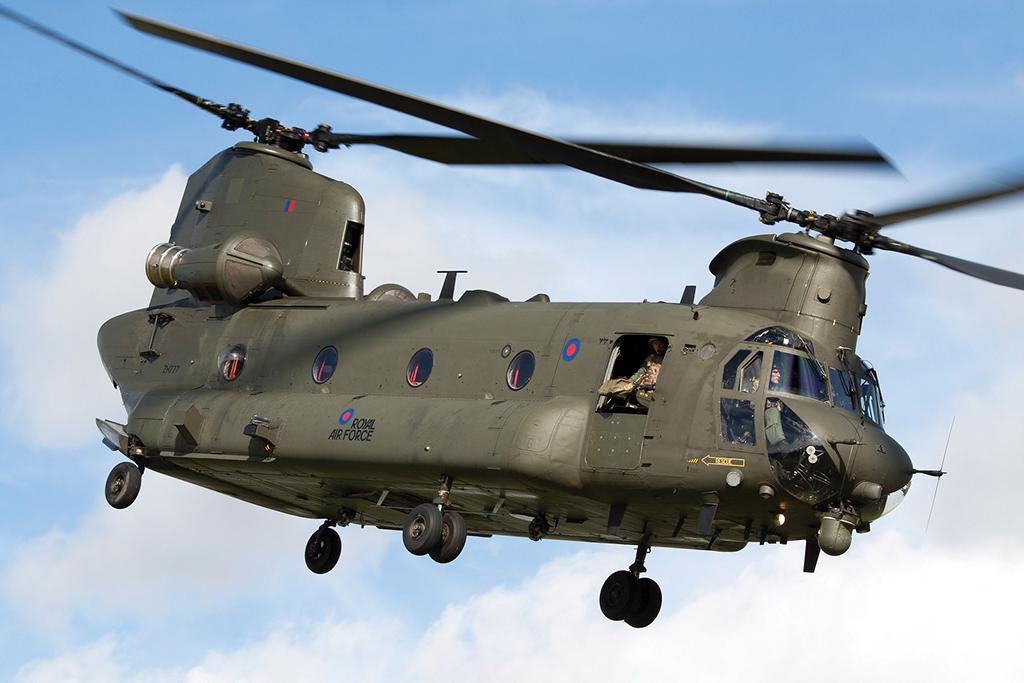
Further development is on hold for the Advanced Composite Rotor Blade (ACRB) for the Boeing CH-47F Block II Chinook, a company official said Oct. 12.
The ACRBs were not included in the configuration of four CH-47F Block IIs that the U.S. Army awarded to Boeing on Sept. 30, said Andy Builta, Boeing’s vice president for H-47 programs.
Restarting development and production of the ACRBs “would depend on the Army’s decision to move forward with ACRBs and what the timeline would be for that,” Builta said.
The first four CH-47F Block IIs will be fielded with standard rotor blades.
The ACRBs are a key part of the original justification of the CH-47F Block II program.
But the ACRBs raised concerns among Army officials in early testing. Vibrations caused by the interaction of the ACRBs and the airframe created a safety-of-flight hazard, according to the annual report last year by the Defense Department’s director for operational testing.
Boeing disputes the safety-of-flight concern, but acknowledges the vibrations need to be reduced on production versions of the CH-47F Block II.
Boeing can install vibration dampeners to actively tune out the frequencies that cause the aircraft to shake, Builta says.
“It was identified during testing as a concern,” he adds, “but it’s something that certainly the helicopter community has addressed in the past.”
CORRECTION: This story has been updated to show that the ACRBs are not necessary to achieve a 54,000-lb. maximum takeoff weight and a thrust increase by the propulsion system would come from a follow-on upgrade outside of Block II.
